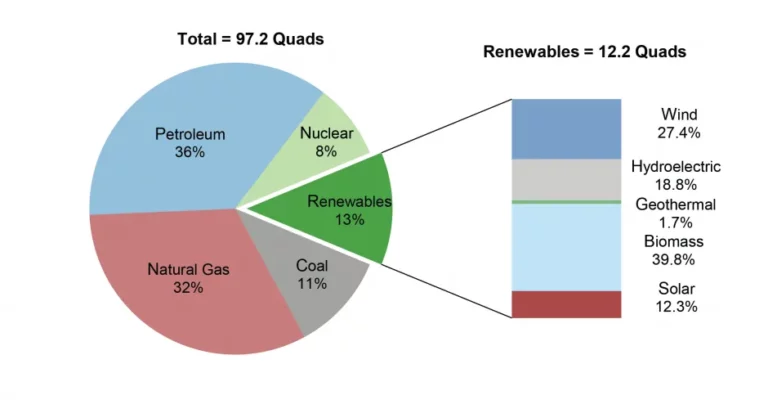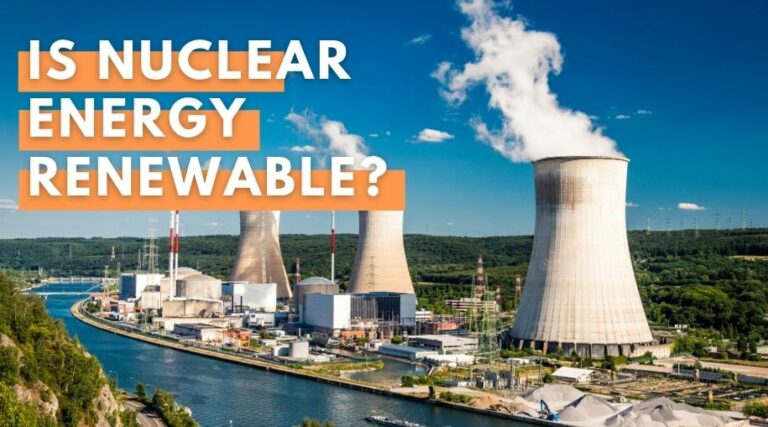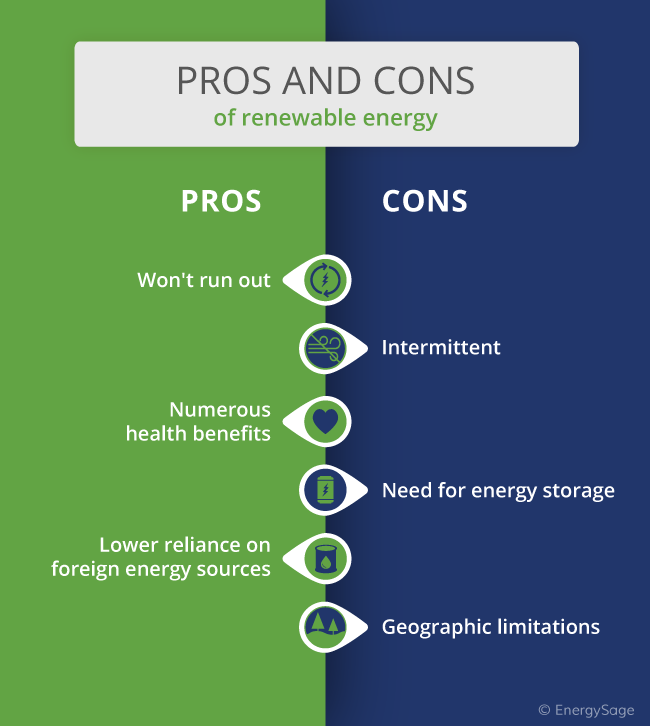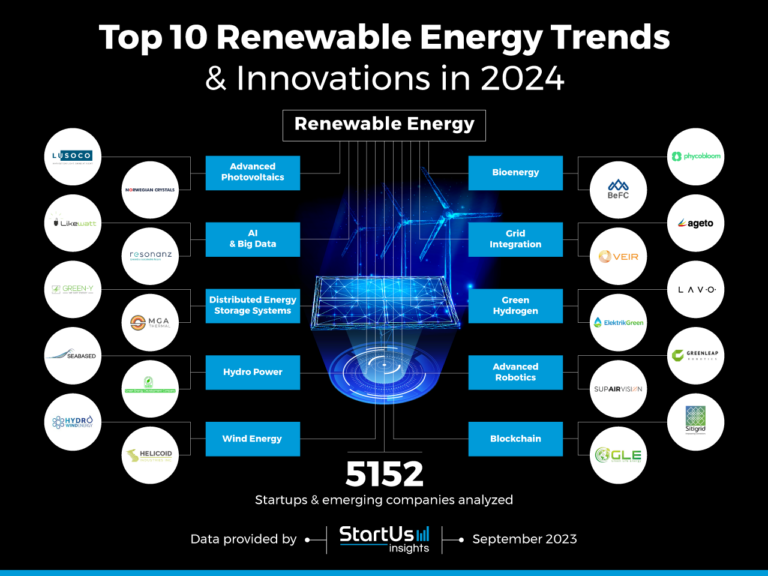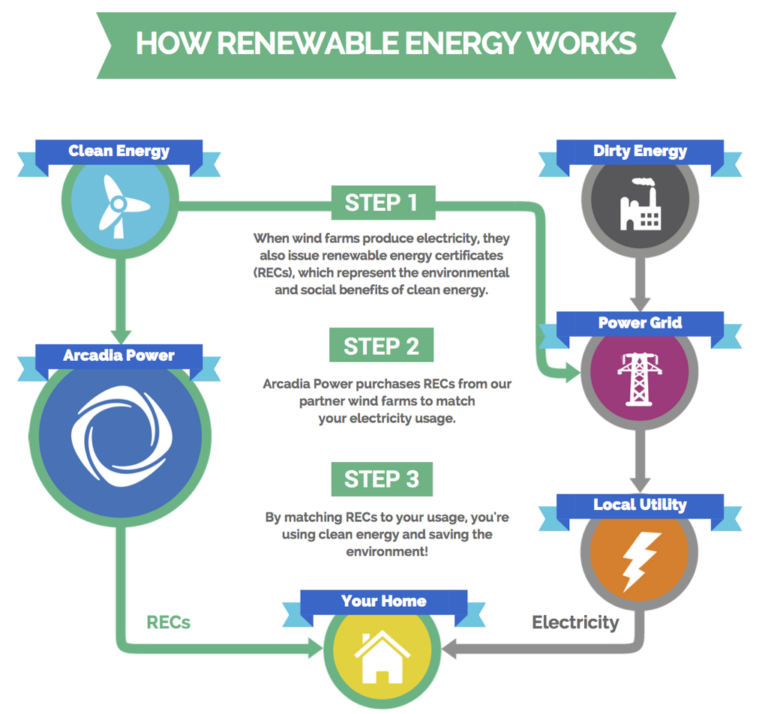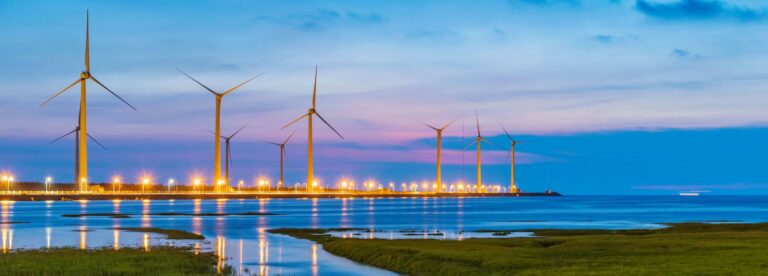What Is The Cleanest Energy Source?
In today’s world, finding clean and renewable sources of energy is more important than ever before. So, you might be wondering, “What is the cleanest energy source?” Well, you’ve come to the right place! In this article, we will explore various energy sources and determine which one takes the crown as the cleanest of them all!
When it comes to energy, we all want something that doesn’t harm the environment and helps combat climate change. So, what exactly makes an energy source “clean”? Clean energy refers to sources that produce little to no pollution and have minimal impact on the planet. These sources include wind power, solar energy, hydroelectric power, geothermal energy, and even nuclear power!
Let’s dive deeper into each of these energy sources and discover their unique features and benefits. By the end of this article, you’ll have a clearer understanding of which energy source can truly claim the title of the cleanest of them all. Are you ready? Let’s get started!
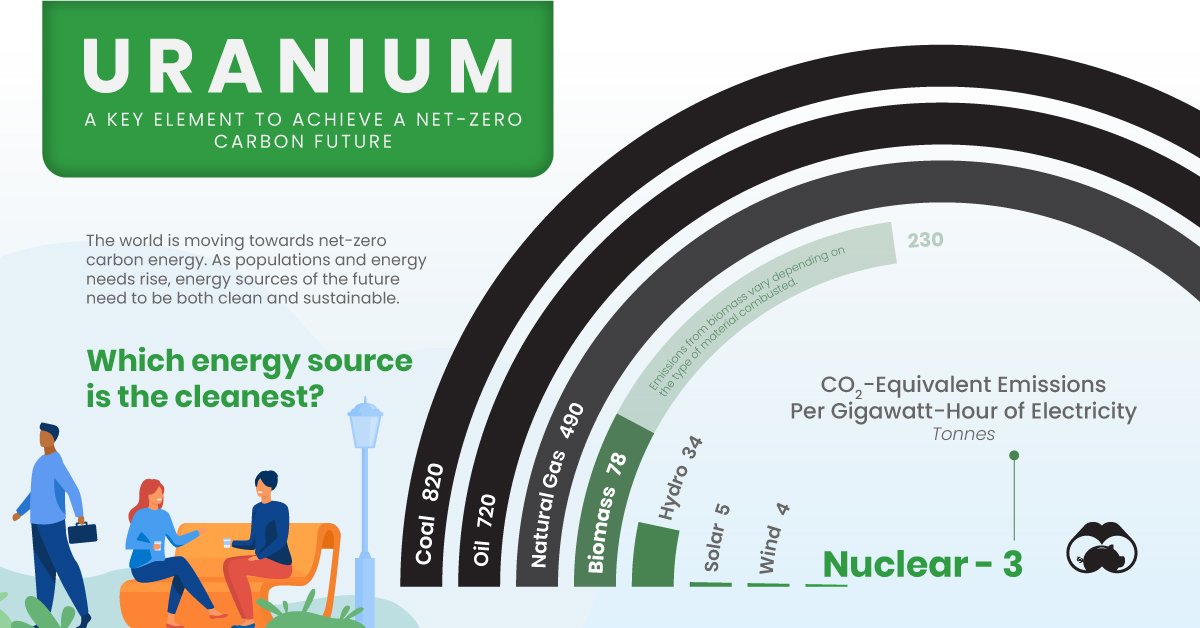
What is the Cleanest Energy Source?
In today’s world, the quest for clean and sustainable energy sources has become increasingly important. As we grapple with climate change and strive to reduce our carbon footprint, it’s crucial to understand which energy sources are the cleanest. The term “cleanest energy source” refers to energy generation methods that have minimal or no negative impact on the environment. In this article, we will delve into various energy sources and examine their environmental impact, efficiency, and potential for widespread adoption.
The Solar Revolution: Harnessing the Power of the Sun
Solar energy, derived from the sun, is one of the cleanest and most abundant sources of power available to us. Solar panels convert sunlight into usable electricity through the photovoltaic effect. This renewable energy source produces no emissions or pollution during operation, making it environmentally friendly. With advancements in technology, solar panels have become more efficient and cost-effective, driving the solar revolution. Solar energy can be harnessed on a small or large scale, from rooftop installations to massive solar farms, making it a versatile and scalable solution for clean power generation.
Benefits of solar energy include its sustainability, abundance, and decentralization. By installing solar panels, individuals and businesses can reduce their dependence on the grid, lower their carbon footprint, and even generate income through net metering or selling excess electricity back to the grid. However, solar energy does have limitations. It is dependent on weather conditions, with reduced efficiency during cloudy days or at night. Additionally, the manufacturing and disposal of solar panels can have some environmental impact, but advancements in recycling technology are mitigating these concerns.
Despite these challenges, solar energy remains a leading contender as one of the cleanest and most sustainable energy sources available today, offering the potential for a greener future.
Wind Energy: Harnessing Nature’s Power
Wind energy has been harnessed for centuries, with windmills being a common sight in rural landscapes. Today, wind turbines have become more technologically advanced and can generate significant amounts of electricity. Wind power is a clean energy source, as it produces zero greenhouse gas emissions during operation. Wind turbines convert the kinetic energy of the wind into rotational motion, which then drives a generator to produce electricity.
One of the key benefits of wind energy is its renewable nature, as wind is an abundant resource that can be harnessed anywhere in the world. Wind farms can be established both onshore and offshore, and their scalability makes them suitable for various applications, from powering individual homes to supplying electricity to entire cities. Additionally, wind power has a low environmental impact, requiring minimal land use compared to other forms of power generation.
Although wind energy has its advantages, it is not without challenges. Wind turbines can be visually intrusive, and concerns about noise pollution and their impact on wildlife have been raised. However, advancements in design and placement strategies are helping to address these issues, making wind energy a promising option for clean and sustainable power generation.
Hydroelectric Power: Harnessing the Power of Water
Hydroelectric power, also known as hydropower, is generated by harnessing the energy of flowing or falling water. It is one of the oldest and most widespread renewable energy sources, dating back to ancient times when water wheels were used to grind grain. Modern hydroelectric power plants use turbines and generators to convert the mechanical energy of water into electricity.
Hydropower offers several advantages, including its renewable nature, its ability to provide a constant and reliable source of electricity, and its zero greenhouse gas emissions during operation. It also has the ability to store energy by using reservoirs, which allows for flexibility in electricity generation to meet fluctuating demand. Additionally, hydropower plants can provide other benefits such as flood control, irrigation, and recreational activities.
However, the construction of large-scale hydroelectric dams can have significant environmental and social impacts. Damming rivers can disrupt ecosystems, leading to the loss of habitats and affecting fish migration. Furthermore, the displacement of communities and the alteration of river ecosystems can have long-term consequences. Attention must be given to mitigating these impacts and considering smaller-scale, environmentally friendly approaches such as run-of-river hydropower or tidal energy.
Geothermal Energy: Tapping into Earth’s Heat
Geothermal energy is derived from the heat generated within the Earth’s core. This renewable energy source is harnessed by drilling deep into the Earth’s crust to access hot water or steam, which can then be used to generate electricity or for direct heating and cooling purposes. Geothermal power plants produce no emissions during operation and have a small physical footprint compared to other energy sources.
Geothermal energy offers several benefits, including its reliability, as it provides a constant and uninterrupted source of power. It is also a sustainable option, with the potential for long-term use, as the Earth’s heat is continuously replenished. Geothermal power plants can be developed in areas with high geothermal potential, reducing the dependence on fossil fuels and contributing to energy independence.
However, the availability of geothermal energy is geographically limited, as it requires specific geological conditions to be feasible. Additionally, the initial investment required for drilling and infrastructure can be high, making it less accessible in some regions. Despite these limitations, geothermal energy remains a clean and reliable source of power in areas where the necessary conditions exist.
Biomass Energy: Harnessing Nature’s Matter
Biomass energy is derived from organic matter, such as plants and animal waste, which is used as fuel to produce electricity or heat. Biomass can be burned directly or converted into biofuels, such as ethanol or biodiesel. This renewable energy source not only reduces dependence on fossil fuels but also provides a way to manage organic waste and reduce landfill emissions.
Biomass energy offers several advantages, including its availability as a locally sourced fuel, its potential for waste reduction and recycling, and its ability to provide a reliable source of energy. Biomass power plants can also be equipped with advanced technologies to capture and store carbon emissions, making them even cleaner and more sustainable.
However, the sustainability of biomass energy depends on the responsible sourcing of feedstock to avoid negative environmental impacts and competition with food production. It is essential to prioritize the use of agricultural and forestry residues, as well as waste materials that would otherwise be disposed of. Additionally, careful management of biomass resources is crucial to ensure the long-term viability of this energy source.
Tidal Energy: Harnessing the Power of the Tides
Tidal energy, also known as tidal power, is generated by harnessing the natural movement of ocean tides. Tidal power plants utilize turbines placed underwater to convert the kinetic energy of tidal currents into electricity. The ebb and flow of the tides are predictable and reliable, making tidal energy a stable and consistent source of power.
One of the main advantages of tidal energy is its sustainability, as tides are primarily driven by the gravitational forces of the moon and sun, which are renewable resources. Tidal power plants have a minimal carbon footprint and produce no emissions during operation. Furthermore, they have a long lifespan and can provide electricity for several decades.
However, tidal energy is not without challenges. The construction of tidal power plants can have an impact on marine ecosystems, potentially affecting the movement of fish and other marine creatures. The high upfront costs and limited availability of suitable locations for tidal power plants also pose challenges. Nonetheless, ongoing research and advancements in technology are improving the efficiency and reducing the environmental impact of tidal energy, making it a promising clean energy source for the future.
Conclusion
In the quest for clean and sustainable energy sources, several options stand out as the cleanest choices. Solar energy, wind energy, hydropower, geothermal energy, biomass energy, and tidal energy all offer unique advantages and play a crucial role in reducing our dependence on fossil fuels and mitigating climate change. Each of these energy sources has its own set of benefits and challenges, and their suitability may vary depending on geographical, environmental, and socioeconomic factors. By diversifying our energy mix and investing in these clean and renewable sources, we can pave the way for a greener and more sustainable future.
Key Takeaways: What is the cleanest energy source?
- Nuclear energy is considered one of the cleanest sources of energy, as it produces no air pollution or greenhouse gases.
- Solar energy is another clean energy source, harnessing the power of the sun to generate electricity without any harmful emissions.
- Wind energy is a clean and abundant source of power that uses wind turbines to generate electricity.
- Hydroelectric power relies on flowing water to generate electricity, making it a clean and renewable energy option.
- Geothermal energy taps into the heat generated by the Earth’s core, providing a renewable and clean source of power.
Frequently Asked Questions
Welcome to our Frequently Asked Questions page where we’ll answer some common queries about clean energy sources.
1. How does clean energy help the environment?
Clean energy sources, such as solar and wind power, produce electricity without burning fossil fuels, which releases harmful greenhouse gases into the atmosphere. By using clean energy, we can significantly reduce air pollution and combat climate change. Additionally, clean energy technologies have a smaller environmental footprint compared to traditional energy sources, which often involve environmentally damaging extraction methods.
Switching to clean energy also helps protect our natural resources. For example, hydropower generates electricity by harnessing the power of flowing or falling water, thereby preserving our precious water resources. Overall, clean energy is essential for creating a sustainable future and preserving the health of our planet.
2. What are the advantages of using solar power?
Solar power offers numerous advantages as a clean energy source. First and foremost, it is a renewable energy source, meaning we won’t run out of sunlight as it is constantly replenished. Solar power is also abundant, with virtually unlimited potential, making it a reliable and secure source of energy for generations to come.
Another advantage of solar power is that it produces electricity without emitting greenhouse gases, making it a clean and environmentally friendly energy alternative. Additionally, solar panels have no moving parts, require minimal maintenance, and can be installed on various types of buildings, giving individuals and businesses the opportunity to generate their own power and reduce their reliance on the grid.
3. How does wind energy work?
Wind energy is generated by harnessing the power of the wind to turn turbine blades, which then spin a generator to create electricity. This source of renewable energy is highly effective because the wind is a virtually infinite resource. As long as the wind blows, we can generate electricity from it.
Wind energy has several advantages. It produces no air or water pollution, as well as no greenhouse gas emissions during operation. Wind farms can also be sited on agricultural land, providing additional income for farmers and rural communities. Moreover, wind power has a minimal water footprint compared to other forms of electricity generation, making it a more sustainable choice.
4. What are the benefits of using geothermal energy?
Geothermal energy harnesses the heat stored beneath the Earth’s surface to generate electricity and provide heating and cooling for buildings. One of the key benefits of geothermal energy is that it is a sustainable and renewable resource. The heat within the Earth is continually replenished by natural processes, making it a reliable energy source for the long term.
Geothermal power plants produce very low emissions and have a small land footprint compared to other forms of energy generation. Additionally, geothermal energy systems can be flexible, providing both electricity and heating or cooling, depending on the needs of a particular area. This not only reduces reliance on fossil fuels but also helps to stabilize energy costs in the long run.
5. How does nuclear power contribute to clean energy?
Nuclear power is considered a clean energy source because it does not produce carbon dioxide or greenhouse gas emissions during the electricity generation process. However, it’s worth noting that the overall environmental impact of nuclear power depends on the full lifecycle, including uranium mining, waste management, and plant decommissioning.
One of the key advantages of nuclear power is its high energy density, meaning a relatively small amount of fuel can generate a large amount of electricity. Nuclear power plants also operate continuously, providing a consistent and reliable source of baseload power. However, it is important to weigh the safety concerns associated with nuclear power and address the challenges of long-term radioactive waste storage.
Why the US isn’t ready for clean energy
Summary
So, what’s the cleanest energy source? Well, it’s still a bit complicated to say for sure. Renewable energy sources like solar and wind power are definitely cleaner than fossil fuels. However, each energy source has its own pros and cons to consider. It’s important to keep researching and exploring different technologies to find the best solution for a cleaner and sustainable future. And remember, every small step towards using clean energy can make a big difference in protecting our planet.
In the meantime, it’s crucial to conserve energy and use it wisely by turning off lights when not needed, using energy-efficient appliances, and making good choices in our daily lives. Ultimately, it’s all about finding a balance between meeting our energy needs and protecting the environment. With continued advancements in technology and a shared commitment to a cleaner future, we can make a positive impact for generations to come.

